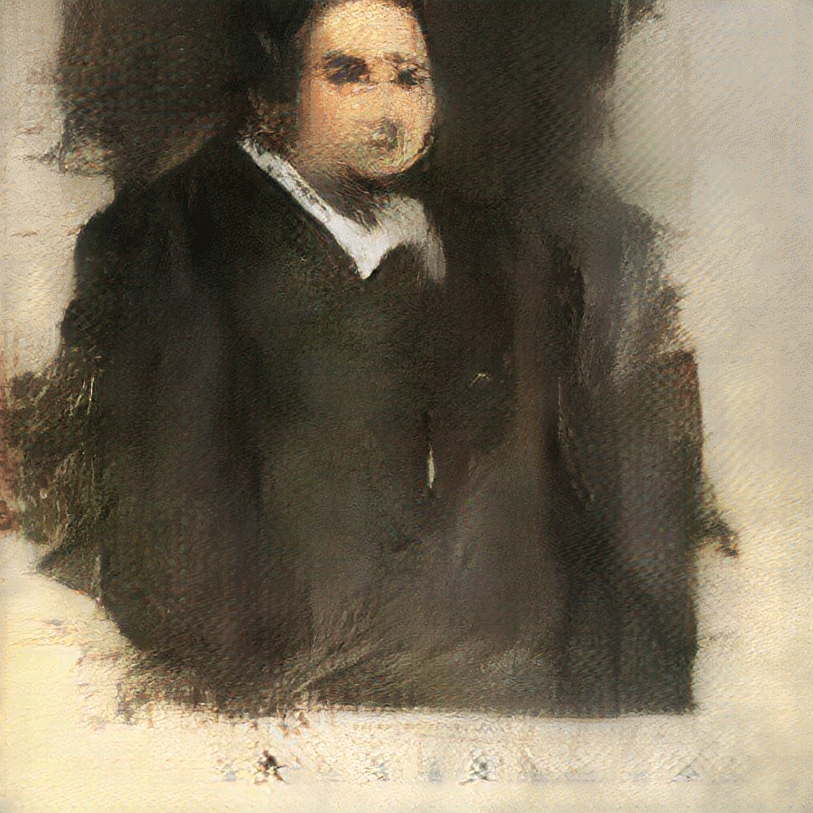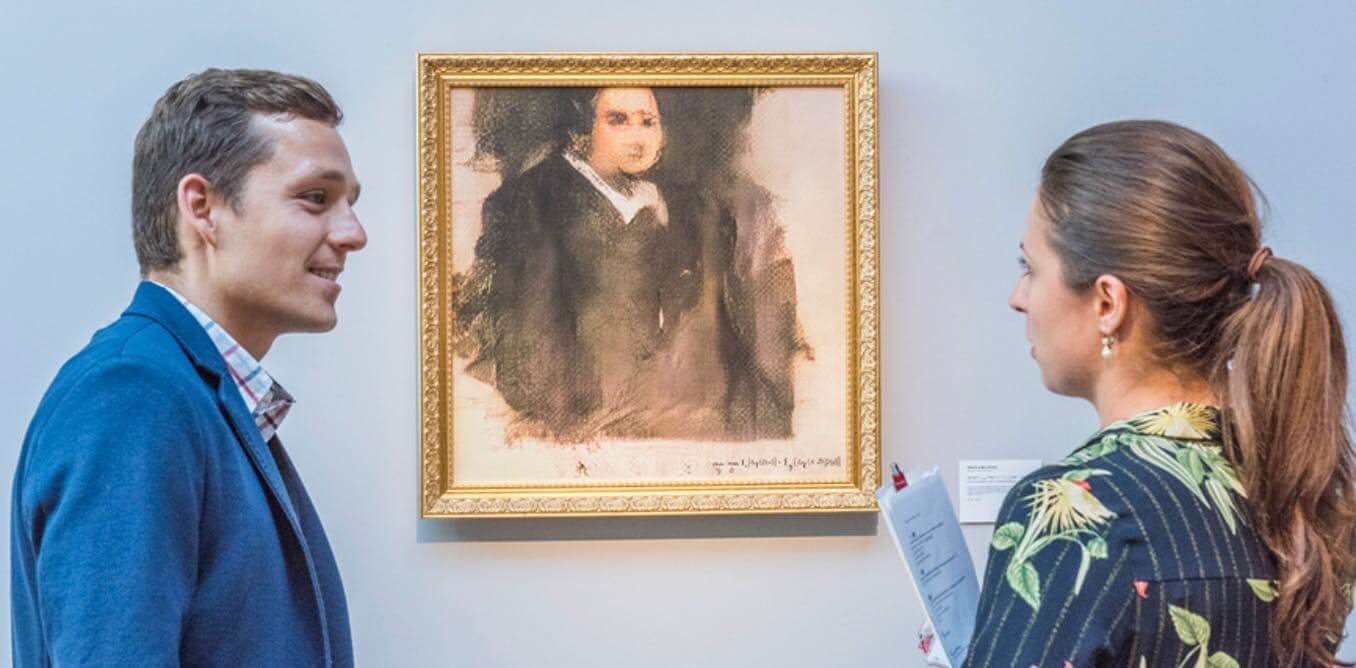WTF?! How much would someone pay for a piece of art generated by an artificial intelligence program? Quite a lot, it turns out. Auction house Christies has sold its first AI-generated artwork for a lot more than anticipated. The canvas was expected to bring in between $7000 - $10,000, but its final sale price was $423,500.
An anonymous buyer paid almost half a million dollars for Edmond de Belamy, which was created by three Paris-based friends---one a machine learning student---collectively known as Obvious.

There has been a fair amount of controversy surrounding this painting, and not just because of how it might affect the art world in general. Obvious used 19-year-old Robbie Barrat's Generative Adversarial Networks (GAN) package, which is freely available on GitHub, and trained it on a data set of 15,000 portraits painted between the 14th and 20th Centuries. The network then tried to generate its own image.
Obvious said it did use Barret's work, but the code was altered. The group also thanked Ian Goodfellow, the creator of the GAN algorithm.
"Am I crazy for thinking that they really just used my network and are selling the results?" tweeted Barret.
left: the "AI generated" portrait Christie's is auctioning off right now
--- Robbie Barrat (@DrBeef_) 25 October 2018
right: outputs from a neural network I trained and put online *over a year ago*.
Does anyone else care about this? Am I crazy for thinking that they really just used my network and are selling the results? pic.twitter.com/wAdSOe7gwz
Some outlets have reported that the painting was "created" by AI, whereas "generated" is a more accurate description. As noted by the BBC, the algorithm compared its own work to those in the data set until it could not tell them apart.
Speaking to Motherboard, Mark Riedl, an associate professor of AI and machine learning at Georgia Institute of Technology, said: "The algorithm isn't the only thing that went into creating this art---GANs don't have free will."
"They're really, really complicated paintbrushes with lots of mathematical parameters, and you can use this paintbrush to achieve an effect that might be hard to achieve otherwise."
At the bottom of the painting is a section of the algorithm that generated it: "min G max D x [log (D(x))] + z [log(1 - D (G(z)))]."
#AuctionUpdate The first AI artwork to be sold in a major auction achieves $432,500 after a bidding battle on the phones and via ChristiesLive https://t.co/XiDVxVGa1n pic.twitter.com/7dxirT55i8
--- Christie's (@ChristiesInc) 25 October 2018
